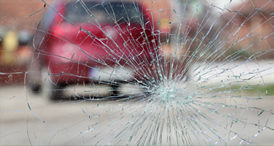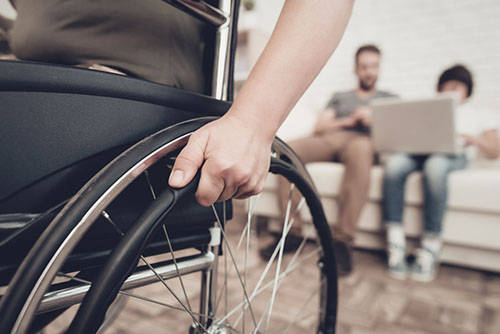One of the most potentially injurious kinds of auto accidents is a collision between a vehicle and a pedestrian. The combination of the weight and momentum of a car and the lack of protection that comes with being a pedestrian makes even a relatively low speed accident capable of causing serious and potentially lethal injuries to the people who are involved. Auto/pedestrian accidents usually end up getting a lot of media attention; there is an intrinsic horror involved with the possibility that causes the kind of morbid fascination that makes for good ratings. And with any high coverage story invariably comes with a tremendous amount of commentary and uninformed opinion. One major misunderstanding that this has propagated among the public at large is that when there has been an auto/pedestrian incident the driver of the vehicle is automatically at fault. While the assumption that if an incident of some sort happens it will somehow be completely “someone else’s” fault may be attractive to some, it has led many people to be less careful in their day to day lives than they should be.
Liability Generally
Everyone who uses public roads, sidewalks, and right-of-ways, drivers and pedestrians alike, are held to the same legal standard of care: they must act in the manner of a reasonably prudent person taking part in whatever activity they are participating in. The misconception that a driver of a vehicle will always be the party at fault in these sorts of accidents comes from an assumption that because a reasonably prudent driver must be more careful than a reasonably prudent pedestrian, it must mean that a pedestrian must lack fault. When thought about logically, this concept is farcical at best; it’s the equivalent of saying that because a person handling nuclear waste has to be more careful than a garbage man, the garbage man cannot cause damage if he is negligent.
The law requires pedestrians to obey any traffic laws that are pertinent to them in exactly the same way that someone driving a car does, and just like the driver if a pedestrian acts negligently they can be held accountable for damages that they cause.
A Pedestrian’s Liability
Pedestrians can be held liable by the courts if their negligent actions are the cause of a traffic collision. Additionally, in these situations, the driver of their car or their insurance company can attempt to recover for their damages by bringing suit against the pedestrian, the pedestrian’s estate if they are deceased, or against insurance companies underwriting certain types of policies that the pedestrian may hold.
Drivers who are attempting to recover compensation in situations such as this have to be aware of the potential ramifications of filing an insurance claim without discussing the matter with an attorney first. In most cases, when a person files an insurance claim they subrogate their rights to their insurance company. What that means is that they essentially sign over their rights to litigate a claim to their insurance providers, and will no longer be able to bring it themselves.
Insurance companies are usually resistant to bringing suits for recovery against pedestrians due to the societal perception of auto-pedestrian accidents. Thus if a driver believes that their insurance coverage will not fully cover their losses, or has a high deductible rate on their policy, they may be better off recovering through litigation instead of an insurance claim with their own providers.
Contact an Auto Accident Attorney
If you or somebody you love has been involved in an auto wreck, contact the experienced Indiana auto accident attorneys at Rowe & Hamilton, Attorneys at Law, to discuss your situation and learn about your options.




